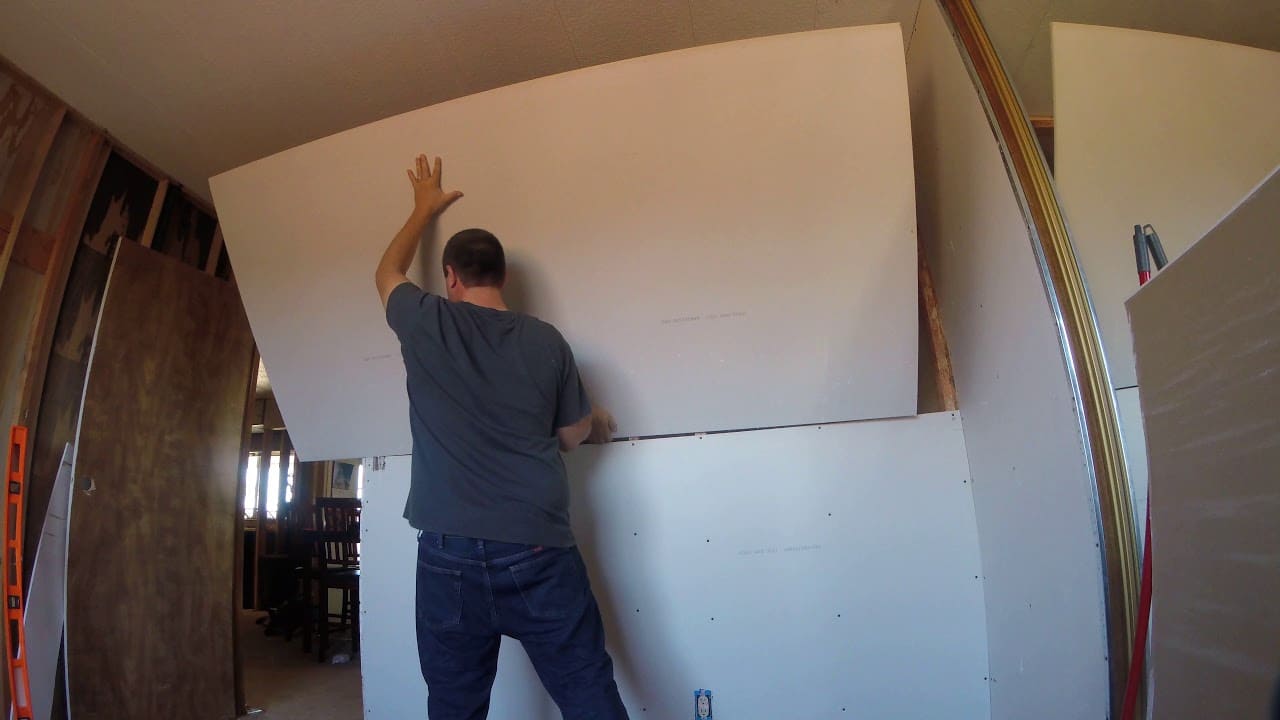Introduction:
Mobile homes, also known as manufactured homes, are a popular housing option known for their affordability and flexibility. One crucial aspect of mobile home construction is the use of drywall panels. In this comprehensive guide, we will delve into the world of mobile home drywall panels, exploring their types, installation processes, maintenance, and the unique considerations that come with this specific form of housing.
Types of Mobile Home Drywall Panels:
- Gypsum Drywall: Gypsum drywall, commonly referred to as sheetrock, is a popular choice for mobile homes. It consists of a core made of gypsum sandwiched between two layers of paper. This type of drywall is known for its fire-resistant properties, making it a safety-conscious option for mobile home construction.
- Fiber Reinforced Panels (FRP): FRP panels are another viable option for mobile homes. These panels are made of reinforce fiberglass and provide excellent moisture resistance, making them suitable for areas prone to high humidity, such as bathrooms and kitchens.
- Vinyl-Covered Drywall: Vinyl-covered drywall panels are coate with a layer of vinyl, offering enhanced durability and resistance to scratches and dents. This type of drywall is particularly popular in mobile homes due to its ability to withstand the inevitable wear and tear associated with frequent relocation.
Installation Process:
- Preparation: Before installation, proper preparation is crucial. This includes ensuring that the framing is secure and in compliance with mobile home construction standards. Additionally, any electrical or plumbing work should be completed before installing the drywall.
- Panel Attachment: Mobile home drywall panels are typically attached to the studs using screws or nails. Careful attention should be given to the spacing of fasteners to ensure proper support and prevent sagging over time. Adhesive may also be used for added stability.
- Joint Finishing: After the panels are install, joints and seams need to be finish to create a smooth surface. This involves applying joint compound and tape to conceal any gaps between panels. Proper finishing is essential for both aesthetic and functional reasons.
Maintenance Tips:
- Moisture Prevention: Mobile homes are susceptible to moisture-related issues. Regularly inspecting and addressing any leaks or water damage is crucial to maintaining the integrity of the drywall. This includes checking around windows, doors, and the roof for potential entry points.
- Temperature Control: Mobile homes may experience temperature variations more intensely than traditional houses. Adequate insulation is essential to regulate indoor temperatures, preventing issues such as condensation that can affect drywall integrity.
- Regular Inspections: Conducting periodic inspections of the drywall is important. Look for signs of cracks, bulges, or other abnormalities that may indicate structural issues. Timely identification and addressing of such issues can prevent more extensive damage.
Unique Considerations for Mobile Homes:
- Transportation Challenges: The mobility of these homes adds an extra layer of complexity to the construction process. Drywall panels must be securely fastene to withstand the vibrations and movements associate with transportation.
- Weight Considerations: Mobile homes have weight limitations, and therefore, the type and thickness of drywall panels chosen must comply with these restrictions. Lightweight options are often preferr without compromising on quality.
- Flexibility of Materials: Given the nature of mobile homes, materials that can withstand flexing and movement are crucial. Drywall panels designe for flexibility and durability are preferre in these settings.
Conclusion:
Mobile home drywall panels play a crucial role in ensuring the structural integrity, safety, and aesthetic appeal of these unique housing structures. Understanding the types of panels available, the installation process, and implementing proper maintenance practices are essential for homeowners and builders alike. By addressing the specific considerations associated with mobile homes, one can ensure a comfortable and long-lasting living environment.





